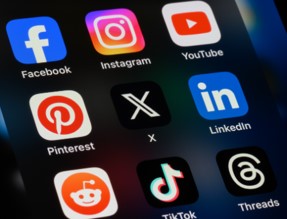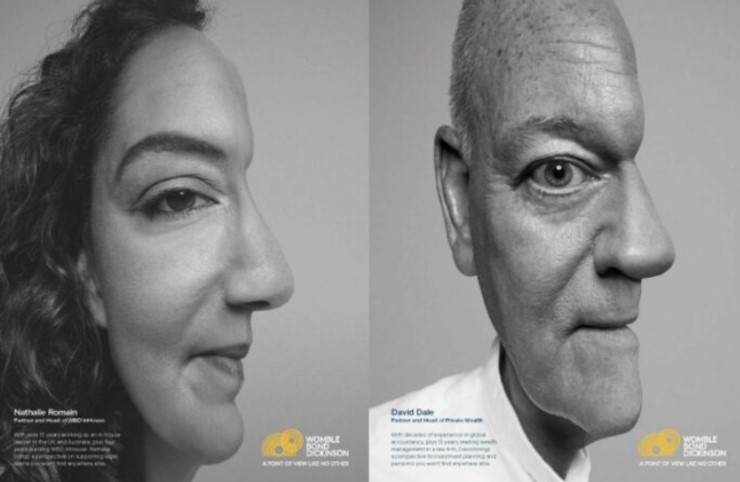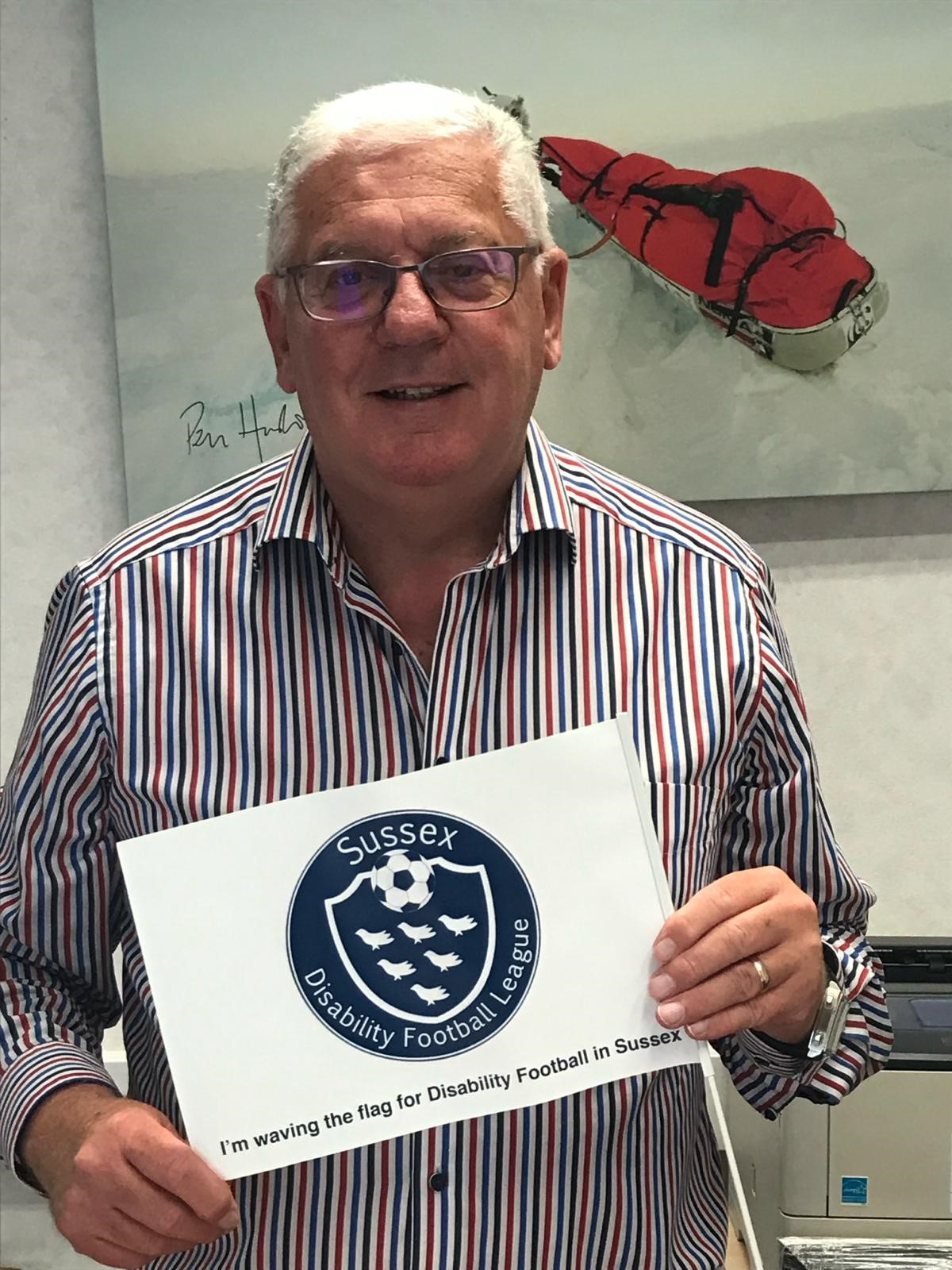There’s lots of talk about brands at the moment. But some people fail to realise that branding is a specialist area of marketing and communications and stretches way beyond the name of your firm/organisation and a nice logo. It’s a big subject (I regularly use around five different models to assist with brand development – and still call on the services of specialists on many occasions) – but here are some brand basics for the uninitiated.
Brands = higher prices/profits
Why do people invest in the development of brands? It’s not about vanity. There’s significant evidence to show that the leading brands command higher profits than their unbranded rivals. And this is because people will pay more for a brand because it confers some perceived relevant value to whatever commodity is being sold.
Differentiation
So brands provide a way to differentiate amongst products or services that are the same or similar. Brands help commodities stand out from the crowd. The difference is often only perceived in the eye’s of the beholder. And sometimes a brand is only valuable to a specific segment or niche in the market. And many brands are aspirational – people want to be seen to associate with the relevant values or lifestyle suggested.
Emotional vs. rational
We assume that people make choices on rational criteria. Not so. Even in B2B situations, emotional and irrational factors will play a major part. Brands are relevant here too – some may feel that a certain brand is more prestigious or less risky (Remember “No one gets fired for buying IBM”?) than other brands. Or they may simply feel that there is a closer match between the brand on offer and their own organisation.
Specific value or benefit
The history of brands shows that the early brands focused on different benefits. So, for example, when buying soap powder you may be more interested in the softness of clothes for your children, its ability to get your whites really bright, the fresh scent on newly laundered linen or to ease your environmental conscience.
Opticians focus on one key benefit
It’s interesting to consider opticians as they are pretty close to the professions of law, accountancy and surveying. Originally, opticians were always High Street operations who were named after their founders/operators with strong links in the local community and long relationships (sometimes across generations) with their clients. Then a few chains emerged – most notable was probably Dollond & Aitchison. Then the market shifted and someone picked up on the fact that customers might value a faster delivery of their spectacles than provided by traditional practices. So VisionExpress came along – with instore labs that enabled glasses to be produced within an hour.. Then the idea of producing lower cost spectacles came along – and enter SpecSavers – the simple benefit being that you can save money. No one questioned whether the opticians at VisionExpress or SpecSavers were competent – it was assumed that they would be as well trained and regulated as those in independent practices.
In a previous blog I speculated on potential brands in the legal market for wills/probate that may do the same http://kimtasso.com/marketing-a-wills-and-probate-business
Promise of quality and consistency
Whereas reputation is the sum of all past experiences – brand is more about a future promise of service delivery. So brand is important to reassure clients about quality and consistency. And that is a tough call where you are in a service business and much of the client’s experience is created by their interaction with any one of a number of people within that business.
Importance of internal communications
And herein lies an important issue for branding in professional services. It’s not enough to set out your brand personality, vision, characteristics and values. You have to make sure that every single person within the organisation who has contact with clients understands what the brand means to them and how they ensure that the brand is communicated through everything that they do.
That’s why internal marketing, internal communications, education and training and strong links with the HR team are so important to branding folk.
What’s your core value or message?
One of the main challenges when we look at branding in the professions is that often in B2B or service situations, is that the branding focuses on one or two core values or messages. It requires clarity about a vision or mission or a particular position in the market. For example, in Virgin Airways the informality and fun of Richard Branson underpins the brand. As most professionals are in partnerships there is often a lack of homogeneity about the core values or direction of the business – which makes the task of drawing out one or two differentiating messages rather difficult.
Brands need big investment and sustained support
Once the brand is created there needs to be a huge and ongoing investment to ensure that it is known by all the people within the organisation and all those within the relevant markets. The brand must be apparent in every thing that the organisation says and does. The brand messages must be woven into every written and spoken word and be communicated in every small act. Many say that brand is apparent in the conversation – so every member of staff must be fully on board with the brand message and supported by the organisation in delivering everything “on brand”.
High Street brands
For those in the legal market, the big fear is that Tesco or Co-Operative will leap in with packaged services at eye wateringly low prices. With margins in the legal sector at anything from 15-45% you can see the attraction from the retailers point of view who are lucky to achieve 6-10%. And you can see the sense from the customers point of view – “Surely the size and expertise of Tesco or Virgin is more likely to be able to select and supervise the best lawyers better than I am?” So it’s around trust as much as awareness. Interestingly, I saw a poll yesterday that said 75% of the public would not buy legal services from a supermarket. But remember in many markets it is someone from outside the market who enters with an astonishingly unusual and attractive proposition that creates the real change.
So what do we do?
Research in the market and amongst clients is a frequent tool to help with branding. Clients may be able to articulate what specific value or differences they perceive and this might provide a foundation for a branding strategy. They may even reveal some unmet need or important benefit that has not yet been identified around which a new proposition can be crafted. But remember Henry Ford’s comment “If I’d asked my customers what they wanted, they would have asked for faster horses”. However, there are plenty of examples of where the critical value, message or compelling idea is the result of creative, single minded and bold thinking from those who create and provide the product or service.
And these attributes – creativity, boldness and singularity of thought, I regret, are rare within the professions.









